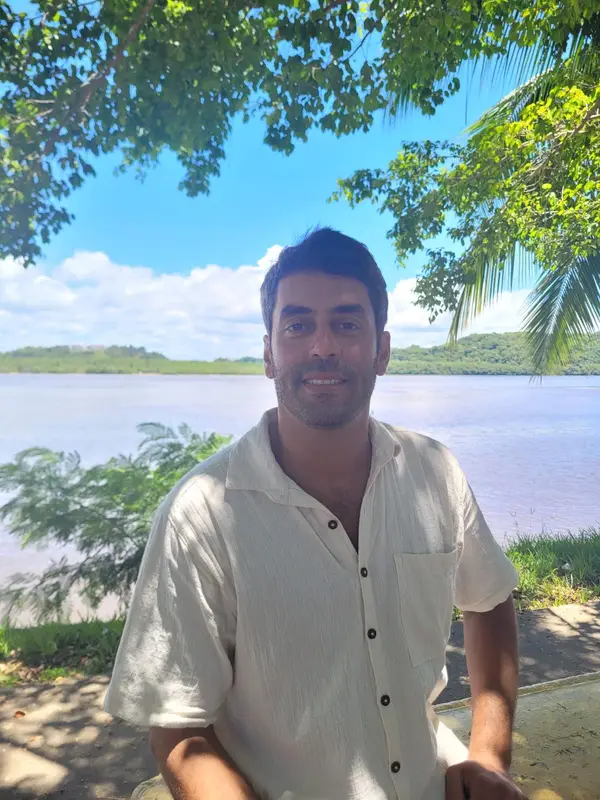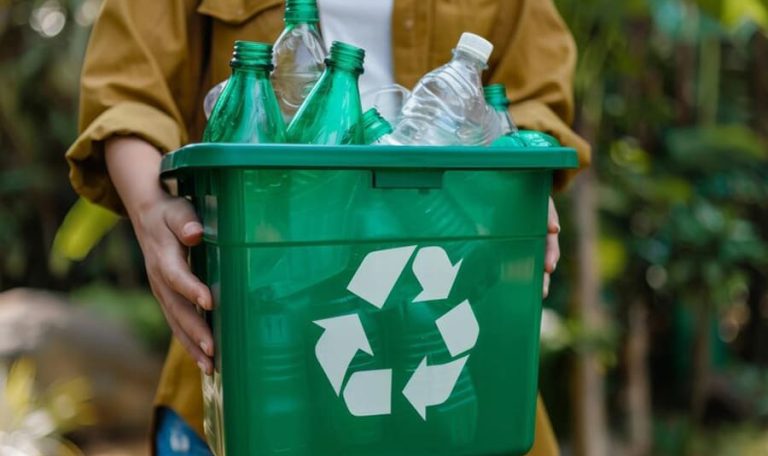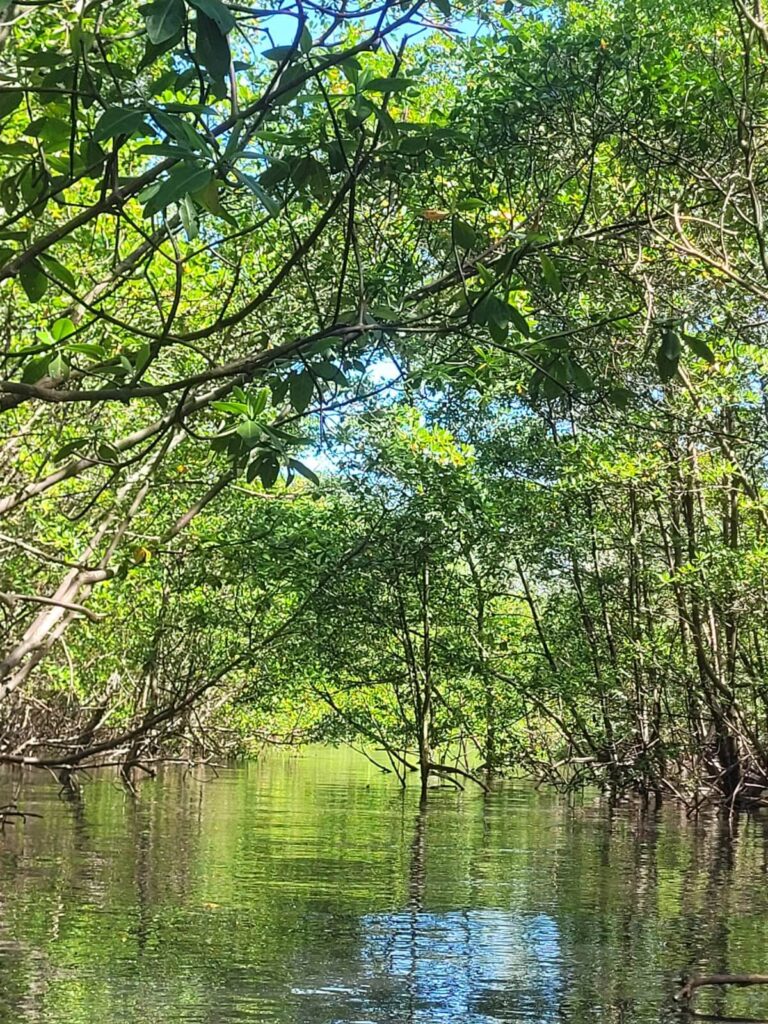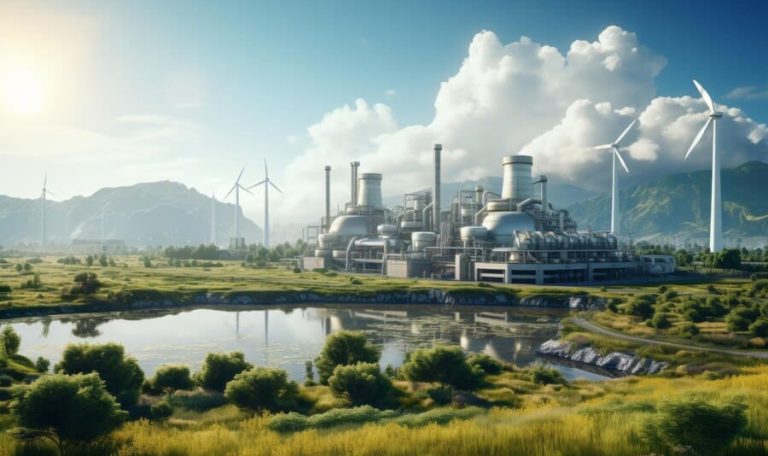About Us
Raizes Consultancy and Management of Regenerative Projects
Climate change, resulting from the current global production and consumption system, triggers increasingly devastating impacts, such as torrential rains, rising temperatures, and catastrophic wildfires. Unfortunately, these severe consequences tend to affect those who contribute minimally to greenhouse gas emissions the most. Around the world, communities face not only environmental damage but also an intensification of socioeconomic disparities. In contrast, more developed countries, historically responsible for the majority of emissions and the exploitation of resources in less developed nations, have greater resources to adapt and mitigate negative impacts.
This is why we at Raizes believe that sustainability is not enough. We need to go further, striving for regeneration. Therefore, we are dedicated to the consultancy and management of regenerative projects. Our projects are designed with the mission not only to mitigate negative impacts but also to create lasting positive effects. We believe in the transformative potential of collaborative practices that seek not just to maintain the status quo, but to regenerate and revitalize the natural and social systems on which we depend.
Regenerative projects are based on the knowledge and practices of traditional communities that have preserved and regenerated the environment for centuries. This approach not only addresses the challenges of climate change but also promotes climate justice by empowering marginalized communities and reducing inequalities. With a special focus on these communities, we aim not only to restore ecosystems but also to strengthen and support those who have lived in harmony with nature for generations.
At Raizes, we understand that the future is built with many hands, and we are committed to moving toward an ancestral future, regenerating our relationship with the planet. If you have a project based on the concepts and principles outlined above, or if you believe you can contribute in various fields to the development and implementation of ongoing projects, join us.
Welcome to Raizes
Regenerative Projects

Our Team

Elcia Clara
Elcia Clara is a biologist with a master's degree in Aquatic Ecology and a strong passion for studying traditional knowledge. Since her undergraduate studies, her focus has been on valuing ancestral practices of environmental protection, believing that these methodologies offer essential solutions to mitigate climate change and the devastating impacts of large-scale activities. Additionally, she has dedicated herself to understanding the effects of human actions, particularly tourism, on marine ecosystems, exploring the complex ecological interactions that emerge from this activity. A proponent of regenerative tourism, she sees this approach as a sustainable and harmonious way for all species to coexist.

Bruno Matos
Bruno Matos is an artist, builder, and activist dedicated since 2008 to studying regenerative building solutions based on locally available natural resources. His work ranges from simple residences with low raw material consumption to more robust constructions for commercial or institutional purposes. Bruno conceived the idea of a “house without bills,” a building capable of producing its own energy, capturing and purifying water, treating waste, and generating food and natural gas. His approach connects communities to ancestral knowledge, applying these insights to meet contemporary demands in a regenerative way.
Self-Sustaining Constructions

Eliminating Water Dependence

Building with Earth: Resistance and Sustainability

Passive and Efficient Climate Control

Sustainable Wastewater Treatment

Social and Community Impact
Regenerative Tourism
Regenerative Tourism (RT) is an alternative to conventional tourist activities and aims to empower local actors to drive environmental and cultural regeneration, while also enabling these individuals to lead the economic and social development of their community. From the tourist’s perspective, the main objective of RT is to “leave the place better than you found it.” Therefore, RT seeks to maximize benefits for both the tourist and the community (understood here as the collection of populations of different species that interact and exchange energy in a given location) and to transition from an EGO mindset to an ECO mindset. The core of RT projects lies in valuing and reviving local traditional knowledge and transformative vision, where cultural heritage and connection are prioritized.
To ensure that these projects are environmentally responsible, the values underpinning this philosophy are based on ecosystemic, circular, and non-extractive approaches, with a focus on protecting traditional practices.
RT projects should be developed collaboratively (involving the public and private sectors, volunteers, agents, community members, and tourists) and aim to reduce dependence on tourism in a single sector (against monoculture).
To achieve this, we must rethink the roles of the involved agents: tourists, locals, and external collaborators, utilizing collective and/or collaborative intelligence to promote horizontal decision-making and community leadership in project management (co-creation). This horizontality ensures that decisions are made collectively with the various agents of the project, as well as regarding the type, pace, and scope of the possible tourism project for the region. It is understood that political and environmental awareness is built collectively and never imposed vertically.
The ability to build, contribute to, and manage the power/potential found in the NETWORK of involved people is essential. To this end, training courses for conscious tourism will be conducted, through which the community becomes a catalyst for positive change, incorporating regenerative principles.
Our Partners
Join us on constructing an ancestral future

Plastic Recycle

Forest Cleaning





